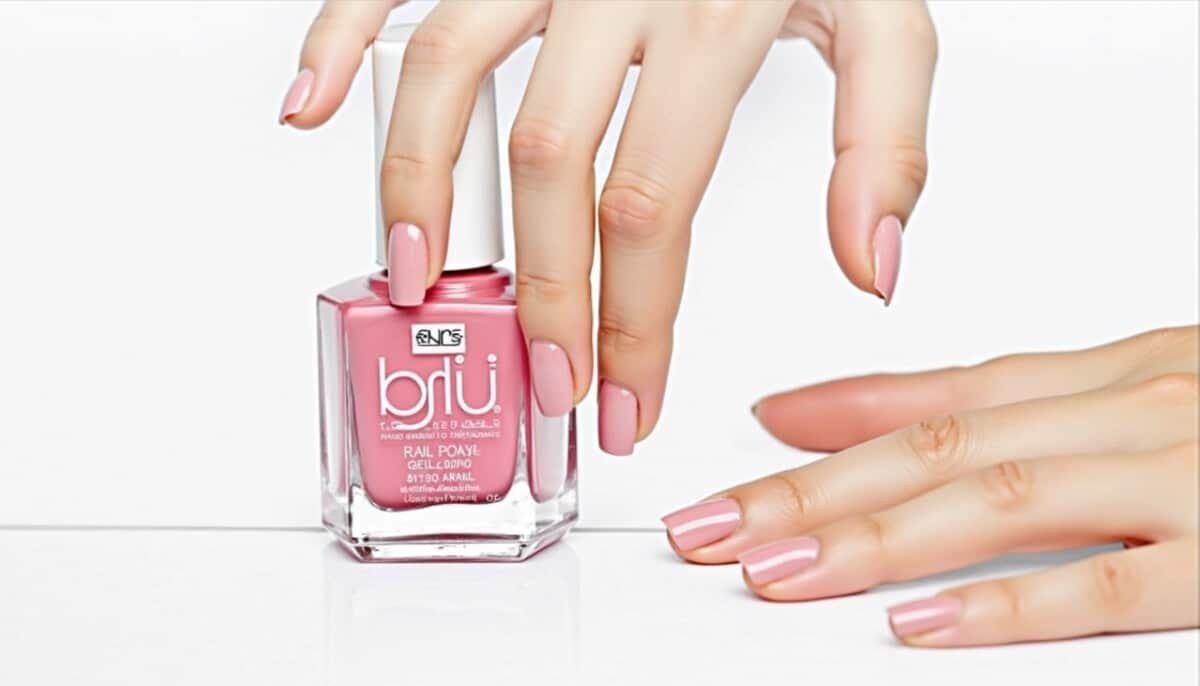You might’ve noticed your favorite gel manicure shade disappearing from salon shelves across Europe—and wondered, what’s up with that? As of September 1, the EU slapped a ban on a key ingredient in gel nail polish, trimethylbenzoyl diphenylphosphine oxide (TPO). Nail pros must now swap out their go-to formula for TPO-free versions. That’s a big shift—but there’s more to it than meets the eye. Let’s unpack what led to this decision and why it might matter to you.
1. Hazard vs. Risk: Two Philosophies, Two Outcomes
Imagine you’re standing in front of a giant book of chemical rules. In Europe, regulators flip through the pages looking for any sign of danger—period. That’s called a hazard-based approach. When animal studies fed rats high doses of TPO, they experienced reproductive hiccups. Result: the EU declared TPO “carcinogenic, mutagenic, or toxic to reproduction” and banned it outright. No negotiation, no wiggle room.
In the US, it’s different. They consider both the hazard and how much you’re actually exposed to—that’s a risk-based approach. So even if TPO can cause harm at sky-high doses, Americans argue that the tiny amount in gel polish—especially once it’s cured under UV—is negligible. If the EU had run a full risk assessment, it’s quite possible they’d have let TPO stay.
But hey, which makes more sense? Should we err on the side of caution every single time? Or weigh the real-world scenario? That question isn’t going anywhere soon.
Some might say the EU is overreacting. Others insist it’s better safe than sorry. You decide.
By the way, if you’re a nail tech, switching to TPO-free photoinitiators now is the name of the game.
When you cure gel polish, UV lamps trigger TPO to form long polymer chains. Those chains harden into a shiny shell. After curing? The TPO has, in theory, done its job. It’s locked within the polymer and can’t wiggle back out. In fact, experts say the cured molecule can’t physically penetrate your skin. Even the pre-ban EU safety studies allowed TPO up to a 5% concentration—pretty generous, really.
Now you’ll see labels boasting “TPO-free,” or you’ll simply stick to classic nail lacquer. And honestly, with the flood of innovative formulas hitting the market, you might not miss the old version at all.
2. You’re Barely Exposed—and Cured Gel Seems Harmless
Okay, let’s play out a scenario: you slop some gel polish outside the nail bed—or you forget the UV lamp altogether and treat it like regular polish. Could you absorb dangerous amounts of TPO that way? Technically, it’s possible, but extremely unlikely. Most of us apply gel carefully, cure each layer, then move on. At-home kits and salon protocols emphasize precision for a reason.
Michelle Wong, the chemist behind Lab Muffin Beauty Science, points out that any leftover TPO will continue reacting under normal light—so it pretty much disappears into inert compounds. The end product? A slick, chip-resistant manicure with next to zero risk. If you ask me, the real exposure concern might be UV light itself. Those little nail lamps emit UV-A rays, which can contribute to skin aging or—worst case—cell mutations over decades of use.
But think about it: what’s worse, a rare chemical worry that’s locked away, or repeated UV hits? Some dermatologists suggest slapping on hand sunscreen before your next gel session. It’s an easy step, and hey, we all want smoother, younger-looking hands anyway.
3. The Gel Revolution Isn’t Over
Since the ’80s, gel polish has dominated salons—nearly $6 billion worth of domination, to be exact. Despite the ban, the industry is pivoting fast. Brands have already reformulated their bestsellers, and TPO-free options are popping up on European shelves. For you, that means no shortage of vivid reds, glitter bombs, or pastel dreams.
In the US, TPO remains perfectly legal—so nothing changes stateside. Will the FDA rethink its stance? Hard to say. They’ve got their own processes, and so far, they haven’t signaled any impending ban. That said, if you’re traveling between London and Los Angeles and love your gel mani, pack a backup polish—you know, just in case.
Even without TPO, gel polish will keep getting shinier and more durable. And for those who prefer zero fuss, regular nail lacquer still offers endless shades—minus the UV lamp.
What do you think? Are you stocking up on TPO formulas before they vanish entirely, or are you ready to embrace the new wave of TPO-free gels? Drop a comment below and let us know your experience. Don’t forget to follow us on Facebook and Instagram for all the latest beauty updates!
Fall is already here; check these silk scarves pairings that actually work.
Sources:
- www.pbs.org/newshour/health/the-eu-has-banned-a-key-ingredient-in-gel-nail-polish-heres-why-experts-say-its-still-safe



